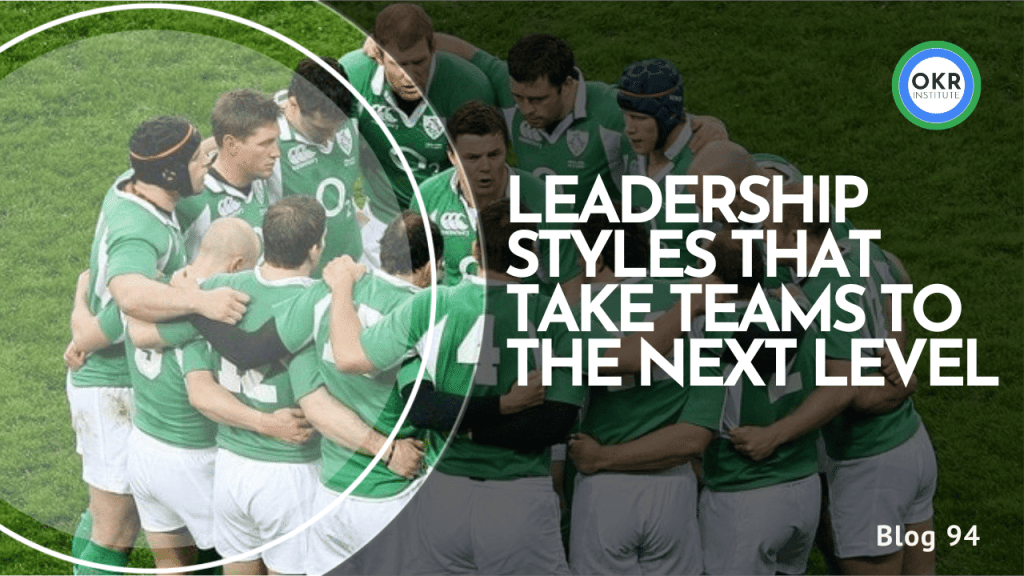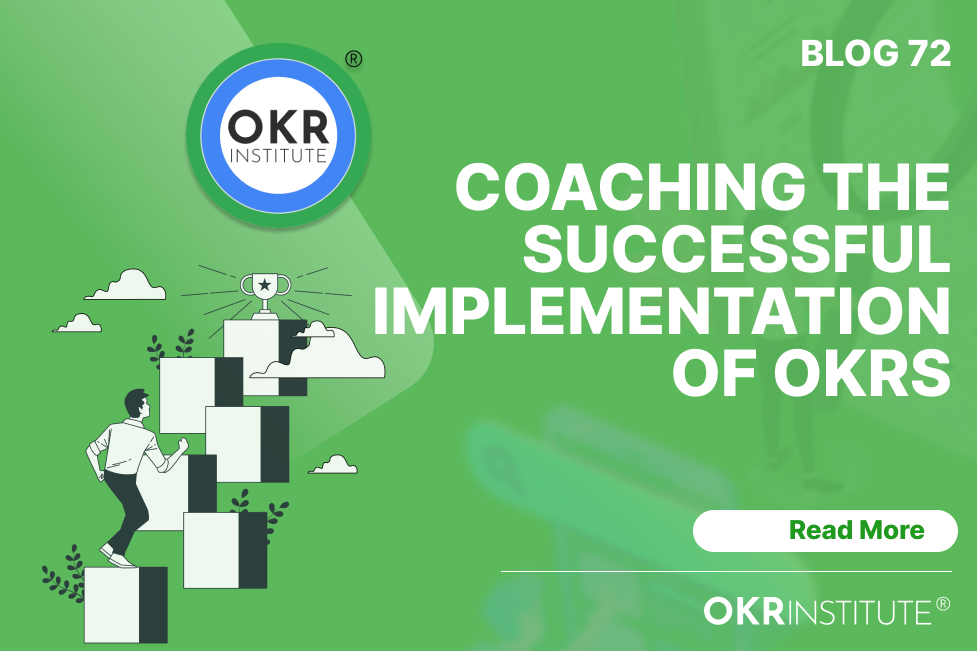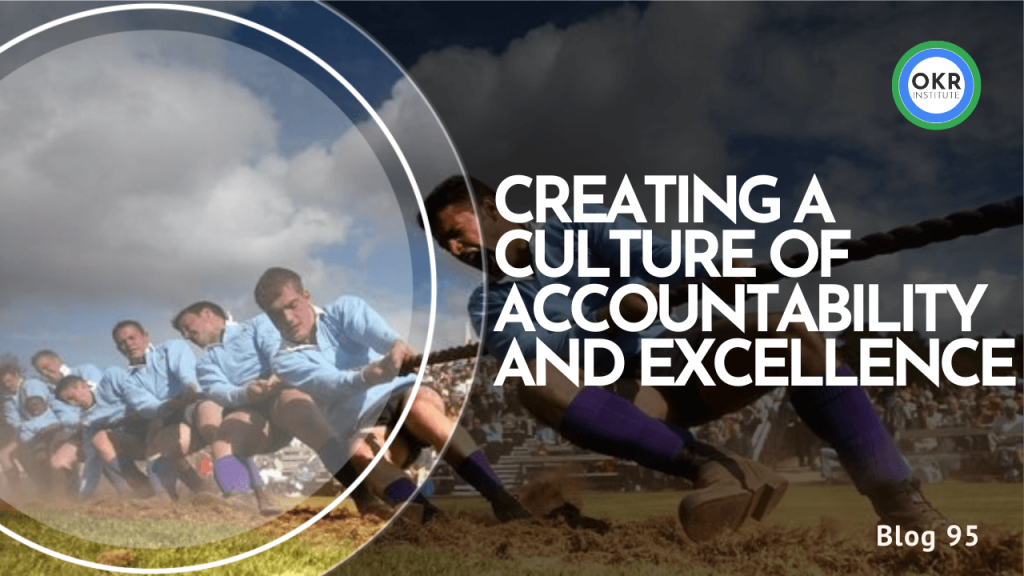OKRs: How Communication can be a crucial performance metric

OKRs: How Communication Can Be a Crucial Performance Metric
Management through meetings is still the order of the day. If we want to create sustainable success for our company and ourselves, we will do well to be mindful of too much time spent in meetings and, more importantly, be highly cautious of meetings where no return on investment is achieved on our communication.
It is simply a step among several to set outcome-focused and aligned OKRs. There is however more to the sustainable success of OKRs, and positive, solution-focused, and transparent communication plays a vital role in this regard.
‘ Seek first to understand before you seek to be understood
Stephen R. Covey
A question frequently posed to our OKR Leadership course attendees is: Do you find that it is still a regular occurrence in your organization that very few people in the team do by far the most of the talking during meetings, and the rest only nod their heads? Thus far more than ninety percent of our participants say that the above-described scenario is still the case within their organization. There are several challenges to this scenario:
- It is not an inclusive approach
- You only learn when you listen, not when you are talking.
- It is not a collaborative approach
- It is a command-and-control approach and not an environment where solutions are co-created
- You would not know what others are thinking if they do not get to contribute to the meeting
- It is potentially dangerous to make numerous statements during meetings as they are hard to take back. Questions, however, in the context of ‘positive inquiry,’ fosters collaboration and stimulate positive and solution-focused thinking.
We tend to prepare for meetings with what to say. When we transform that habit by preparing excellent questions for discussions instead, we will improve the results of our meetings.
We often do not view communication as a performance metric. If we, however, closely monitor the outcomes of every engagement albeit meetings, OKR check-ins, or coaching sessions, our eyes will be opened to how our way and frequency of communication impact performance.
Simply consider how much time we are wasting by being ‘problem focused’ (over-communicating issues and the negative impact thereof) over being solution-focused (briefly state problems and then focus on potential positive solutions) and how it affects our morale when we overwhelm ourselves with a negative orientation in our communication.
Read the following Harvard Business Review article on how great Leaders communicate.
OKR Success Factors
There are quite a few success factors for OKRs such as, but not limited to:
✅ An Outcome focus
✅ A strong focus on priorities
✅ Transparency
✅ Alignment
✅ Strategy execution
As there is a significant amount of elements of OKR success to consider, we might forget to place emphasis on how we communicate during the deployment of OKRs. Communication is actually ‘the glue that holds all the elements above together.
As Leaders and coaches, we would do well to consider how communication impacts our OKR performance. Within the ‘spirit’ of Agile and OKRs, we should:
➕ Align our meetings (Townhalls, meetings, check-ins, coaching sessions) to outcomes
➕ Be more inclusive in our meetings – Provide all with a voice. An attitude of jointly discovering what the best way forward is, through asking collaborative questions as opposed to excessive talking by one or two individuals is more conducive to both positive team dynamics and high performance
➕ Limiting the time spent in meetings by focusing on what truly matters and having few but important agenda points.
➕ Being solution-focused in our communication – we need to set an example as leaders and coaches.
➕ Be transparent. How can our teams and team members align their OKRs to the vision and strategies of the company if that is not clear?
By being focused on how we communicate and how effective our communication is we can create a strong ‘return on investment’ of our time spent in coaching sessions, check-ins, and town halls.
How we communicate (both verbally and non-verbally) is the most visible and impactful part of our culture. When all team members receive effective communication coaching, including understanding how to handle conflict, it will benefit all stakeholders.
For that reason, we have included a ‘Communication with an ROI’ model within our OKR Leadership course. Join the OKR Leadership course.
Talent Development Director of the OKR Institute
Related Courses
Recent Posts
Tags
#OKR
#OKR Coaching
#OKR Coach







